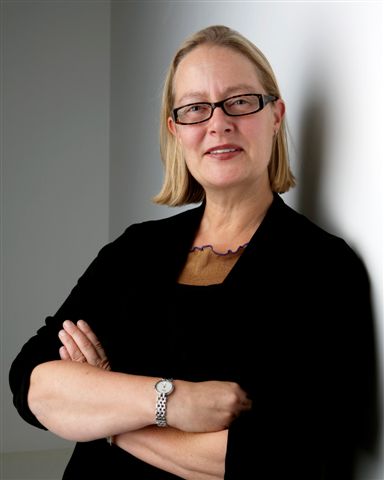
The CEO of the Menzies Leadership Foundation, Liz Gillies, walked away from the Philanthropy Leadership Summit 2025 feeling the urgency of the polycrisis but also buoyed by a ‘wellspring of capability and imagination’, and a belief that leadership can still shift our trajectory. Here, she offers her reflections and provides a strong call to action for the future.

Walking away from the Philanthropy Leadership Summit, I felt an uncommon mix of urgency and possibility.
Yes, we are facing an age of polycrisis. Climate change, political and economic disruption, entrenched disadvantage and growing distrust are tightly woven into a complex knot. No single authority has the jurisdiction, power, or insight to untangle it. But alongside that reality came something just as real: the sense that we are not powerless.
The conversations, connections, and ideas shared at the Summit revealed a wellspring of capability and imagination, a reminder that leadership, in all its forms, can still shift our trajectory. This was not the fragile optimism of wishful thinking, it was grounded, strategic hope, the kind forged when diverse people come together to confront complexity with courage and clarity.
The Summit was rich with perspectives on what “outstanding leadership” means in these times. Some urged us to embrace collective leadership, working across boundaries to address shared challenges. Others spoke of ethical leadership, the moral compass that must guide decisions in the face of competing pressures. We heard calls for adaptive leadership, so that communities and organisations can navigate change without losing their footing, and emotional leadership, the ability to regulate our collective responses in moments of crisis rather than fracture further.
As one speaker observed, “If your solution doesn’t require you to collaborate with someone very different from you, it’s probably not a solution for a complex problem.” That comment captured the underlying theme of the Summit that leadership today is not a solitary act, it is a shared endeavour.
Philanthropy, too, was called to account. Several leaders pushed us to think bigger and braver, to “make big bets” that can shift systems, and to “fund the glue” that binds complex collaborations together. Thomas Homer-Dixon urged us to craft narratives of commanding hope, not sentimental stories, but compelling visions that show Australia can be productive, humane and prosperous. Narratives that invite people in, even across ideological divides. Other speakers spoke about shifting from “project thinking” to “systems thinking” moving beyond isolated interventions to addressing the root causes of entrenched issues. This is not easy work, and it requires philanthropy to see itself as part of the systems it is seeking to change.
The common thread across all these perspectives is clear: philanthropy has a catalytic role to play by embedding leadership capability into everything it does, going beyond leadership programs to making leadership, in all its collaborative, distributed, and adaptive forms, a central pillar of how we design, fund, and deliver change.
As we look at applying insight into practice, the leadership we each nurture will naturally differ, shaped by our focus areas, our target communities, and the way we approach philanthropy, yet I believe there are two principles we can all adopt: first, to recognise the importance and power of capability in complex contexts and fund its development in individuals, teams, communities, and systems; and second, to model the leadership we seek through the ways we partner, listen, and adapt.
At the Menzies Leadership Foundation, we have witnessed the impact this can have. Whether it’s through our Fellows’ work in grassroots communities, or collaborations on national policy reform, the projects that endure and create lasting change are those that prioritise leadership capability alongside the work itself. One example we’ve seen is the way First Nations governance models can inform and strengthen decision-making processes in wider systems and when these are embraced, not as symbolic gestures but as frameworks for action, they can transform the quality and inclusiveness of leadership at every level.
The challenges before us are immense. But if the Summit showed us anything, it is that the seeds of change are already being sown in the courage of leaders who refuse to work in isolation, in the imagination of those crafting new systems and in the generosity of funders who are willing to place bold bets on a better future. Hope, in this context, is not naïve. It is disciplined. It asks us to take responsibility, to act collectively, and to lead in ways that are fit for the complexity of our times.
This is our moment to model the leadership our world needs today. The question is no longer whether we can, it is whether we will.
This reflection was co-authored by Liz Gillies, Sarah Jenkins, and Rohan Martyres of the Menzies Leadership Foundation. We invite you to view our new video on leadership in complex times and connect with the Foundation to be part of this growing movement at menziesfoundation.org.au.